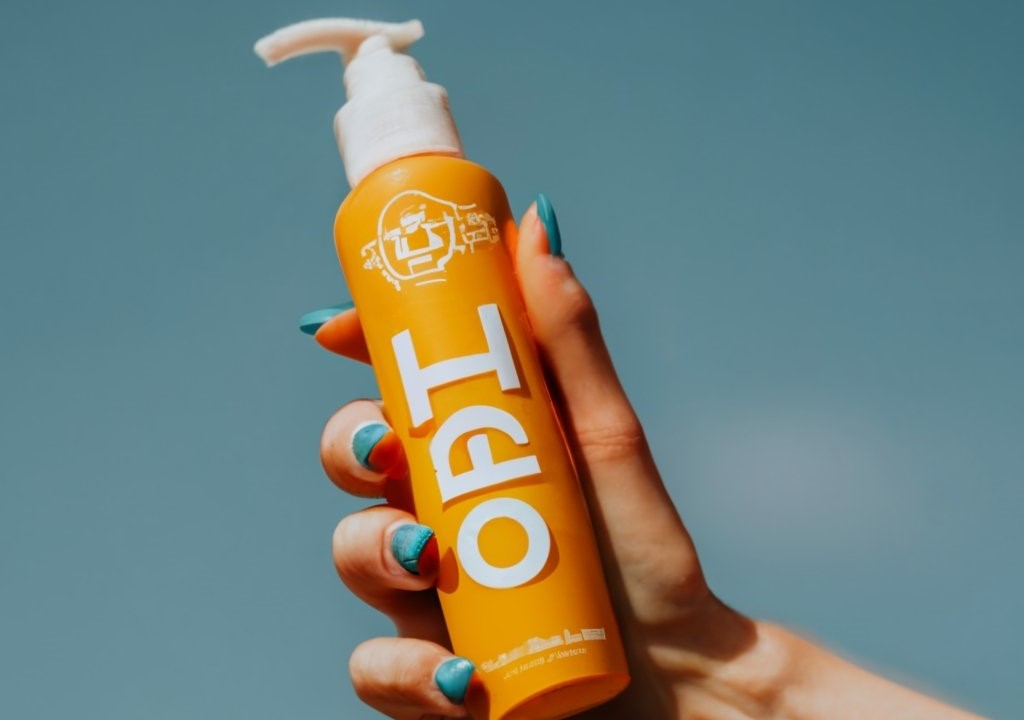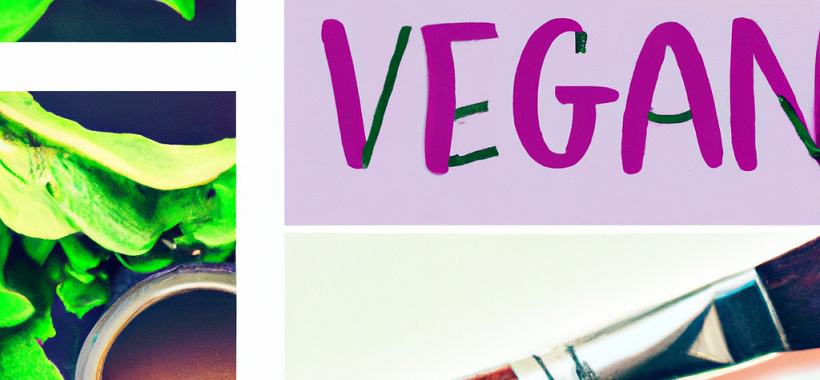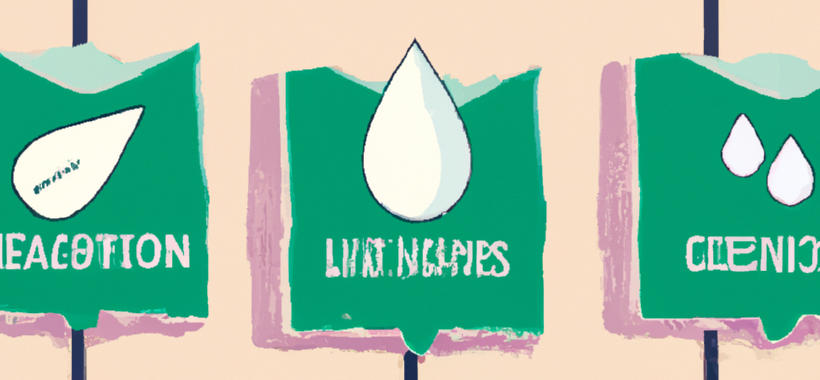Sunscreen, a crucial component of skincare routines, is poised to continue as a prominent trend in the next decade. This surge in popularity is fueled by increasing awareness of skin health and the risks associated with UV radiation. The article explores the intricate and diverse regulations governing sunscreens worldwide, which are vital for cosmetic companies to understand and navigate.
In the European Union and the United Kingdom, sunscreens are treated as personal care products. Governed by the EU’s Cosmetic Products Regulation and the UK’s Product Safety and Metrology Statutory Instrument, these regulations emphasize protection against UVA and UVB rays, enforce labeling norms like Sun Protection Factor (SPF) and UVA levels, and set minimum efficacy standards. Recent EU updates have introduced new restrictions on ingredients like Benzophenone-3 and Octocrylene.
In the United States, sunscreens are classified as over-the-counter drugs, with the Food and Drug Administration imposing strict regulations. Key legislation includes the Sunscreen Monograph and the Sunscreen Innovation Act, addressing aspects such as SPF, broad-spectrum tests, labeling, expiration dates, and product forms like wipes and powders.
Based on their composition, Canada categorizes sunscreens as natural health products or OTC drugs. Health Canada’s Sunscreen Monograph specifies permitted ingredients, concentrations, and labeling guidelines, with adherence to Good Manufacturing Practice standards being essential.
In Australia, sunscreens are classified into two distinct categories: therapeutic and cosmetic. The Therapeutic Goods Administration and the National Industrial Chemicals Notification & Assessment Scheme regulate this classification. These regulations clearly distinguish between primary and secondary sunscreens, mandating specific requirements for labeling and expiration dates.
China, under the oversight of the China Food and Drug Administration, treats sunscreens as special-use cosmetics. The National Medical Product Administration requires pre-market registration and in vivo efficacy testing, with distinct SPF and UVA protection factor labeling.
Japan categorizes sunscreens as cosmetics or “quasi-drugs” under the Pharmaceutical Affairs Law, with the Ministry of Health, Labor, and Welfare overseeing regulations. Labels must be in Japanese and provide comprehensive product information.
In South Africa, SANS 1557:2014 outlines regulations for sunscreen, setting standards for primary and secondary products, including claims, UV filter concentrations, and labeling.
These varied regulatory landscapes present both challenges and opportunities in the sunscreen market. For cosmetic businesses, compliance and adaptation to regional standards are vital. With growing consumer demand for sun protection, navigating these regulations is critical to global market success.
Depend on our expert services to accurately assess UVA and UVB protection factors and water resistance, ensuring your product thrives in the challenging global market. We’re dedicated to helping you meet the highest sun care quality and efficacy standards.


